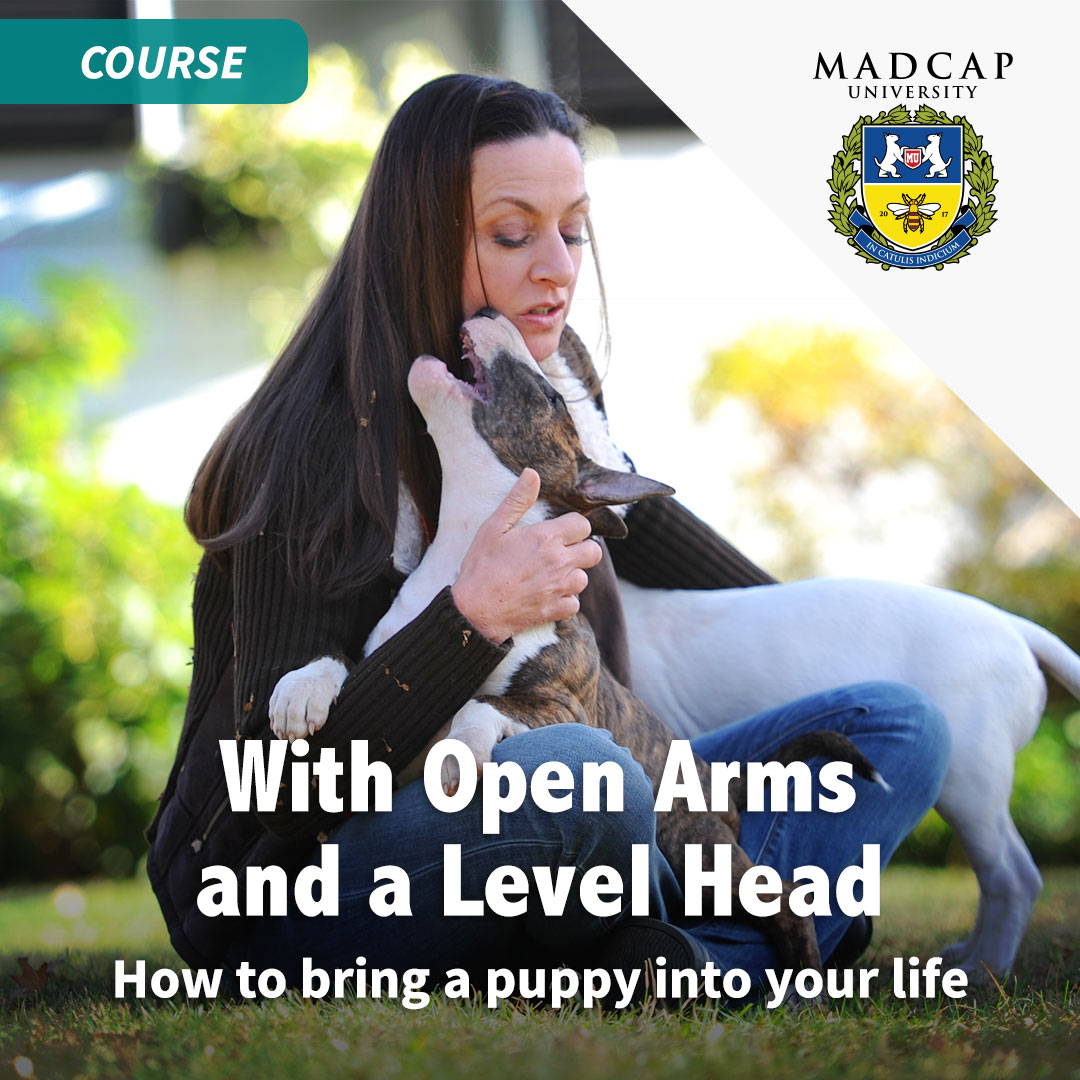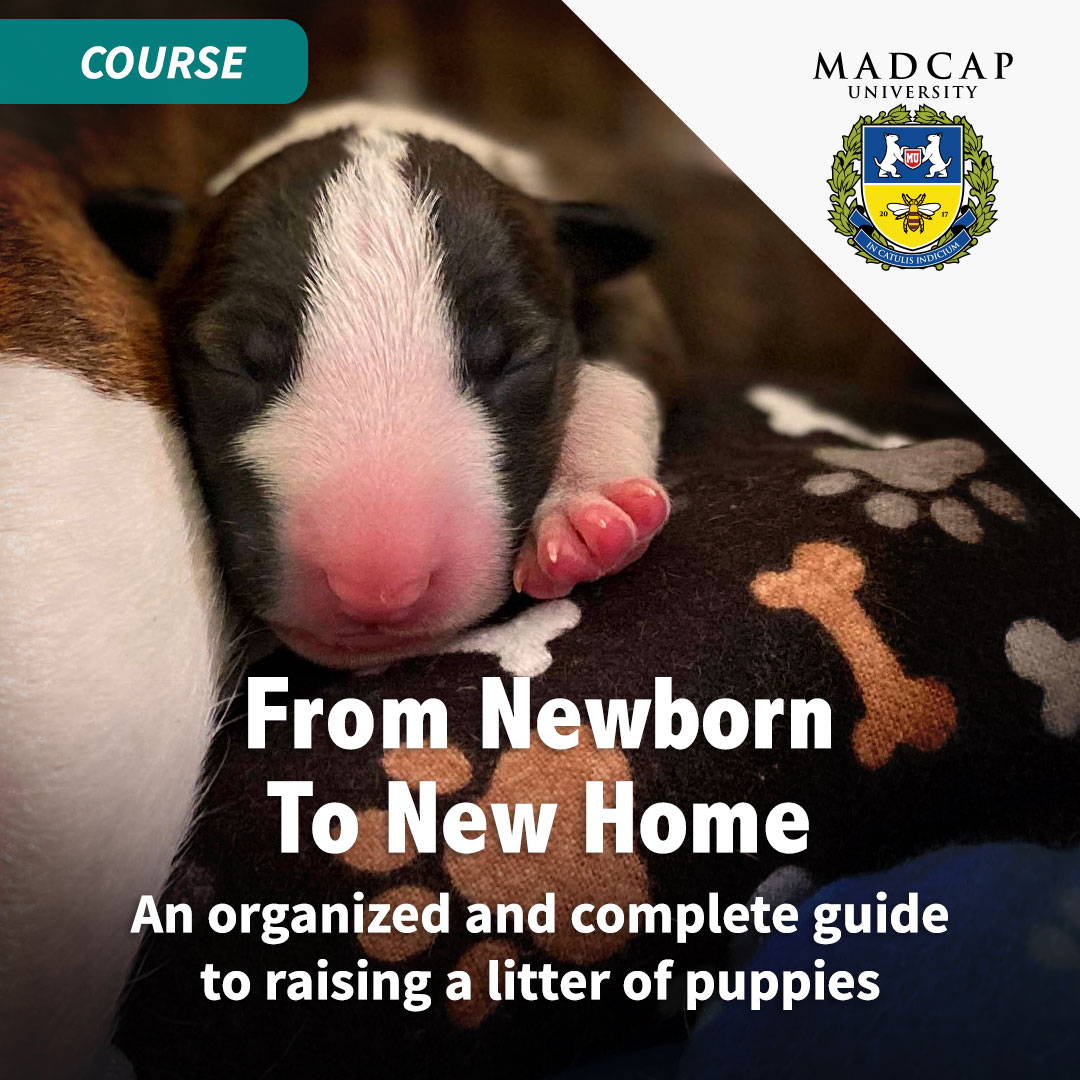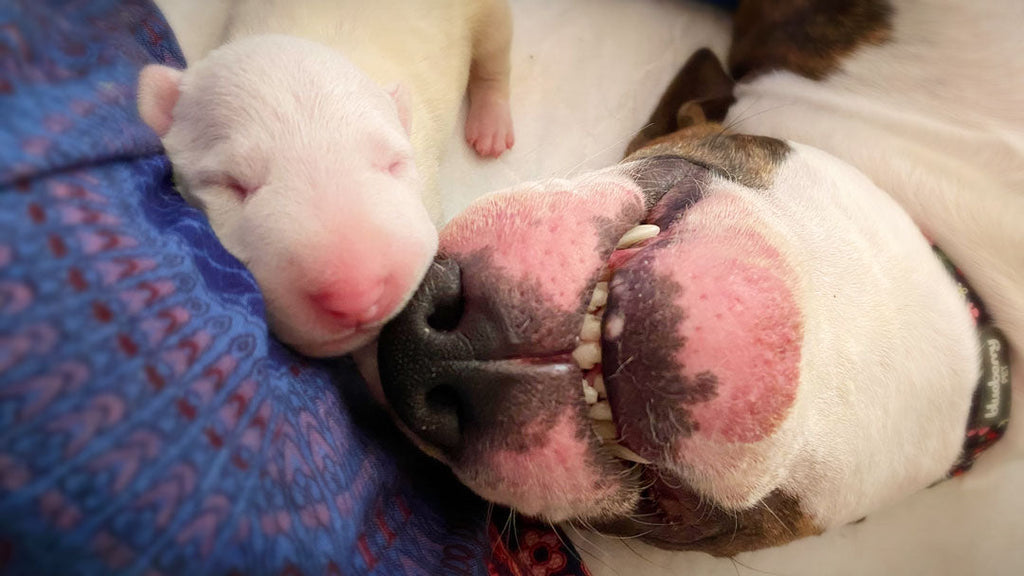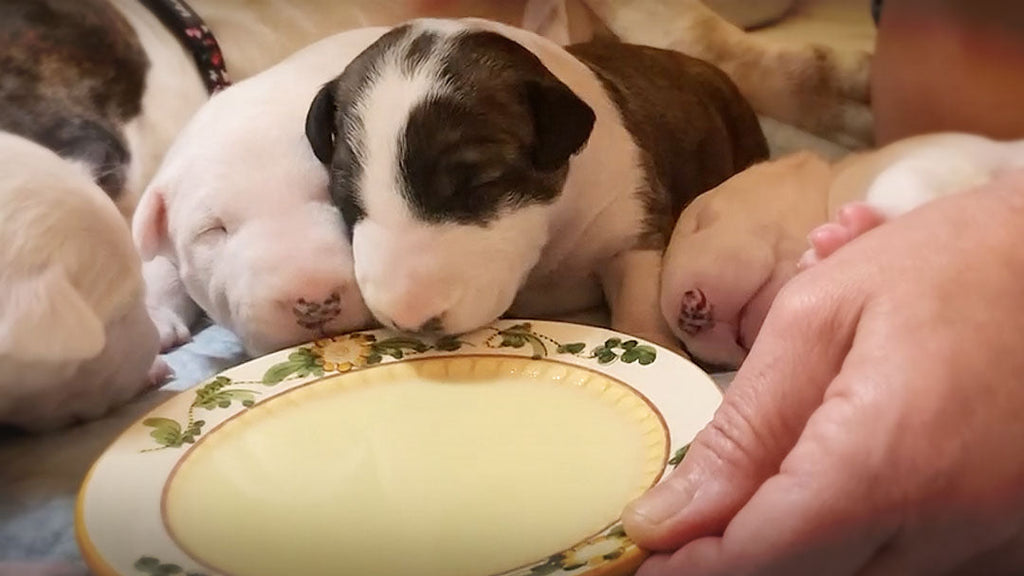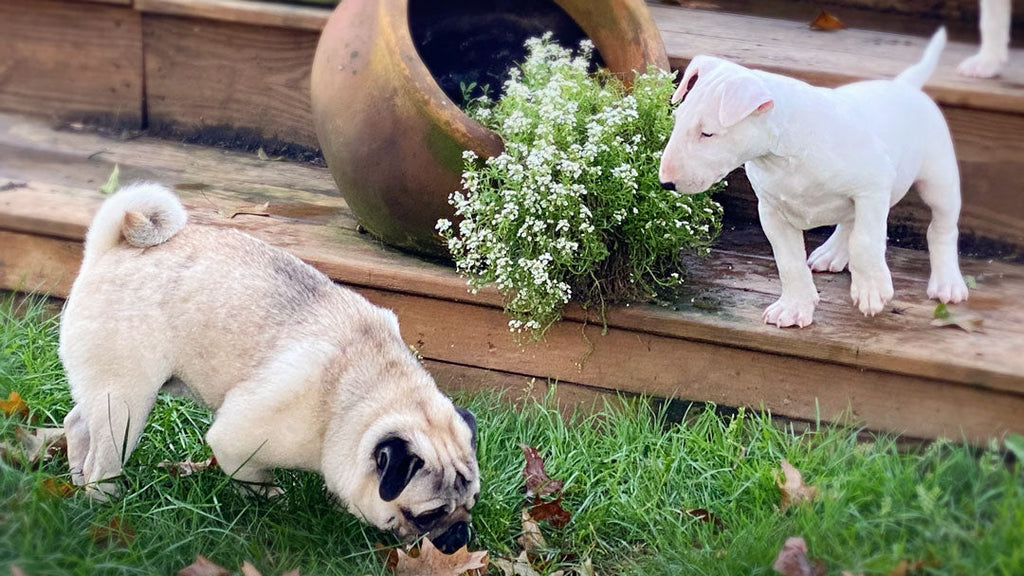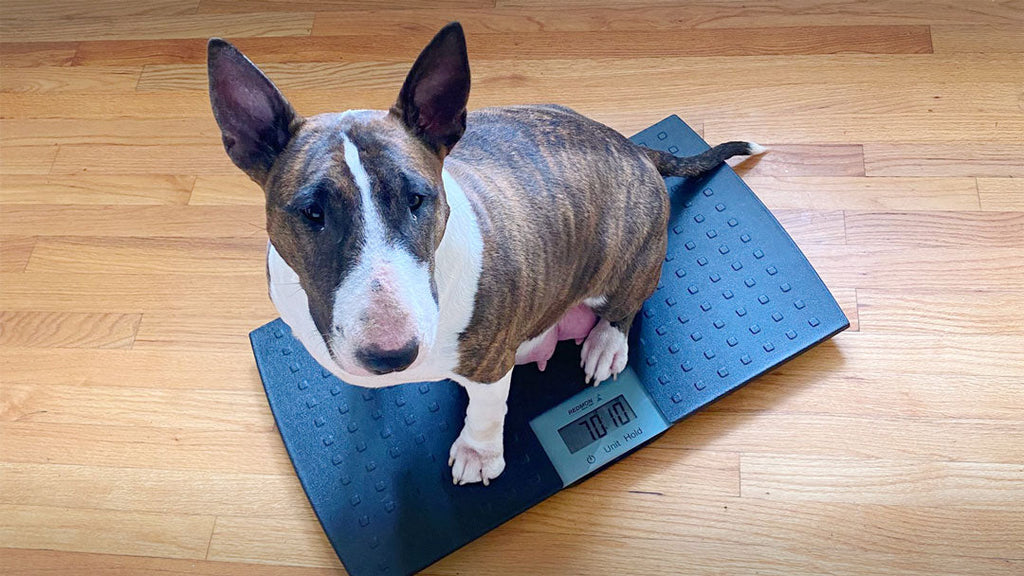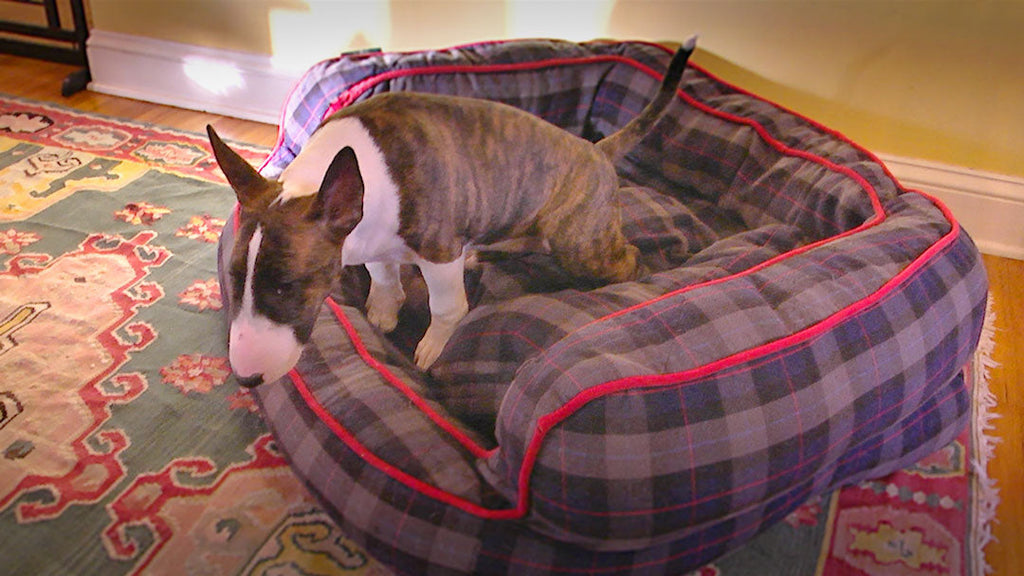Ovulation Timing and Preventing Fading Puppies
A Surprising Nexus
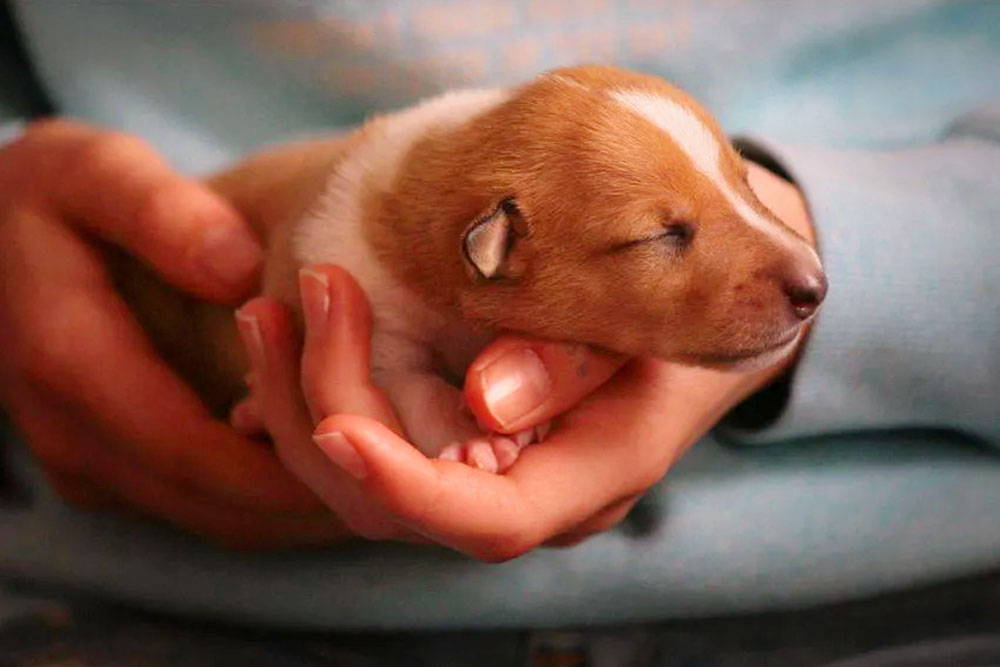
The causes of “Fading Puppy Syndrome,” where puppies inexplicably begin to fail and die within a few days of birth, is still poorly understood. Breeders valiantly try heroic measures to save the puppies - a few puppies might make it, but many, if not most, may still slip through a breeder’s fingers like so many grains of sand.
But new research about dogs, combined with established knowledge about farm animal breeding, has led to new ideas that could stop some cases of Fading Puppy Syndrome before they start.
"Passive" Is Aggressive Protection
Most mammals (animals that drink their mother’s milk as babies) are born with incomplete immune systems. They are not capable of developing their own immunity and they would almost certainly die unless they got immunity from an external source. So they rely on “passive immunity” to survive. Passive immunity simply means immunity derived from another individual.
Human babies acquire passive immunity while still in the womb. The maternal antibodies cross the placenta to the infant, and the baby is born with some protection from disease.
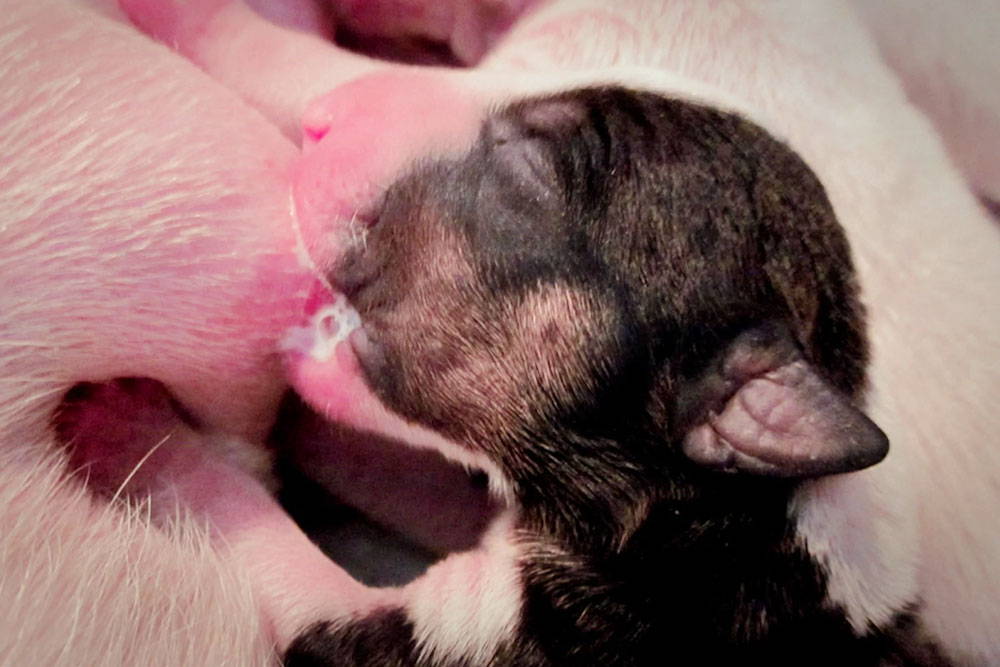
Dogs have a different method of granting passive immunity to their offspring. Puppies (like calves, piglets, foals, and kittens) receive little or no maternal antibodies while in the womb – little or no maternal antibodies cross the placenta to the puppies, and the puppies are born with very little or no immunity to disease. They rely on drinking their mother’s colostrum after they are born to gain the antibodies they need to survive.
Colostrum - It’s A Two Part Story
Just to review, colostrum is the first milk the bitch produces in the first few hours after whelping. One of the principal functions of colostrum is to pass on maternal antibodies to the puppies. Whatever the bitch has immunity to, her puppies will also have immunity to, if they drink her colostrum in a timely fashion. There’s a big catch, however, which this clip from our film “Puppy Culture” explains.
Race Against Time
The reality is that “gut closure” (the time when the puppies’ intestinal walls close and are no longer able to absorb colostrum) begins within just a couple of hours of birth. In a recent study, 22 Beagle puppies were given colostrum at 0, 4, 8, 12, or 24 hours after birth. The puppies’ immunoglobulins were measured, and the results are startling:
- There was a significant fall off of absorption immunoglobulins after only four hours after birth.
- Absorption fell steadily with each hour.
- By the time the puppies were 12 hours old, there was very little, if any, absorption of immunoglobulin.
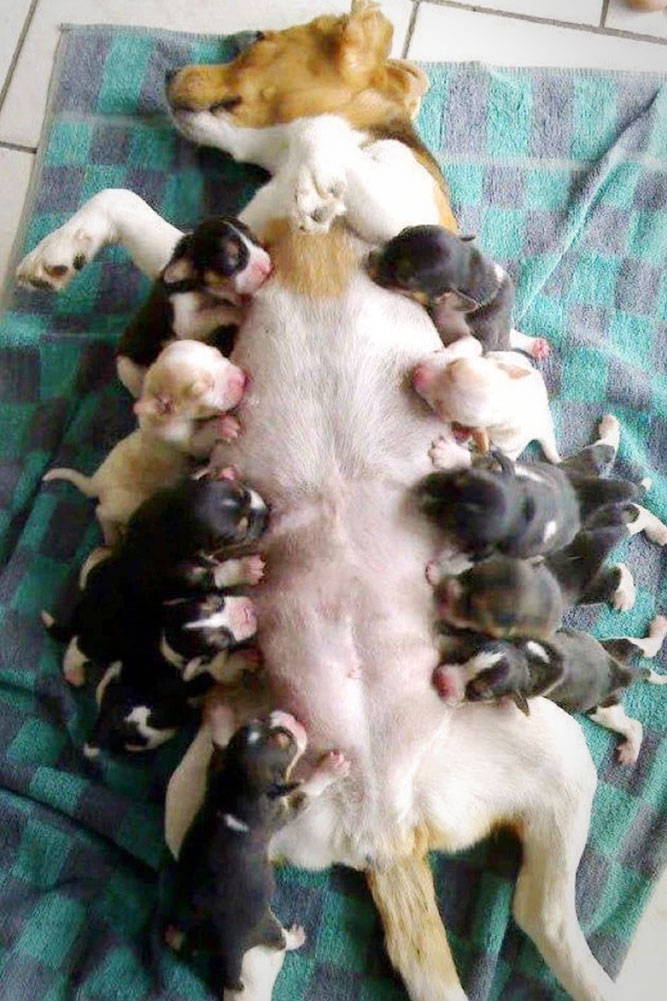
The Takeaway
Your goal is to get every puppy nursing on colostrum within the first four hours of his life.
But it’s crucial each puppy ingests colostrum in the first 12 hours of life.
How Crucial Is It?
A 2014 study by Royal Canin looked at the correlation between how many antibodies a puppy had at two days old (serum immunoglobulin concentration) and neonatal death rate. The results are dramatic and quite clear - low antibody levels at two days old have a very strong correlation with neonatal death rate.
Life and Death Numbers
195 puppies from 34 litters of 12 different breeds in a French breeding facility were included in the study. Blood was drawn on the puppies at two days old and antibodies measured. The correlation between neonatal survival and antibody levels at two days old is striking:
- 95% of the puppies with antibody levels above 230 mg/dl at two days old survived to three weeks old.
- Only 56% of puppies with antibody levels below 230 mg/dl at two days old survived to three weeks old.
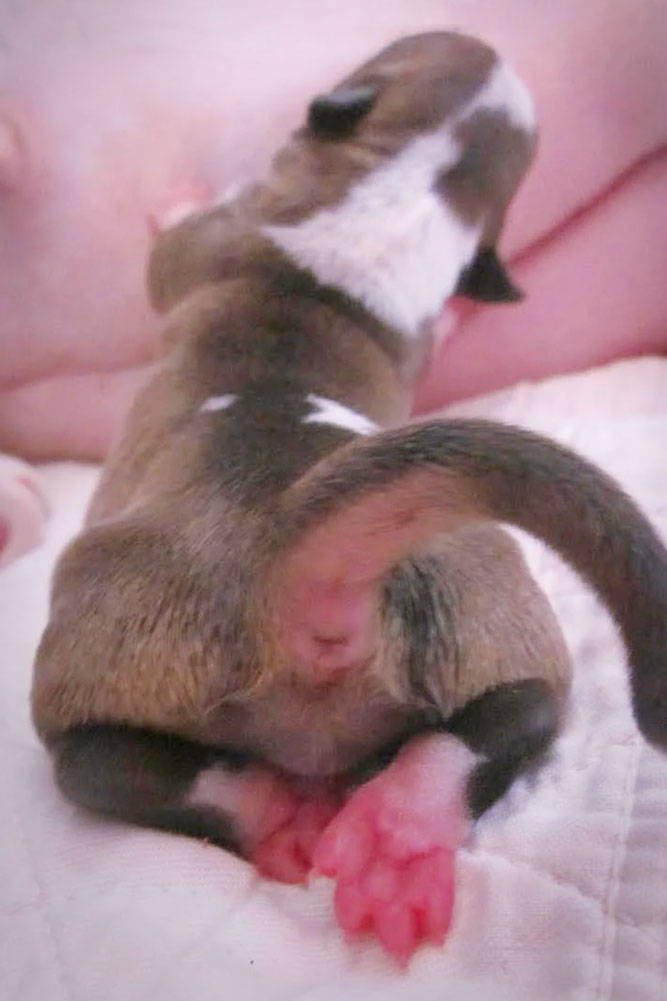
Why Should This Matter So Much?
“Fading Puppy Syndrome” is a catch all phrase applied to any neonatal puppy that dies from unknown and uncontrollable causes. There are lots of reasons a puppy might “fade” including congenital abnormalities, constipation, chilling, hypoglycemia, inadequate maternal care and/or lack of competent breeder or veterinary intervention.
But the Royal Canin study seems to indicate that the lion’s share of fading puppies are fading because their low antibody levels made them unable to fight off routine viruses and bacteria to which all puppies are exposed at birth.
The Big Four
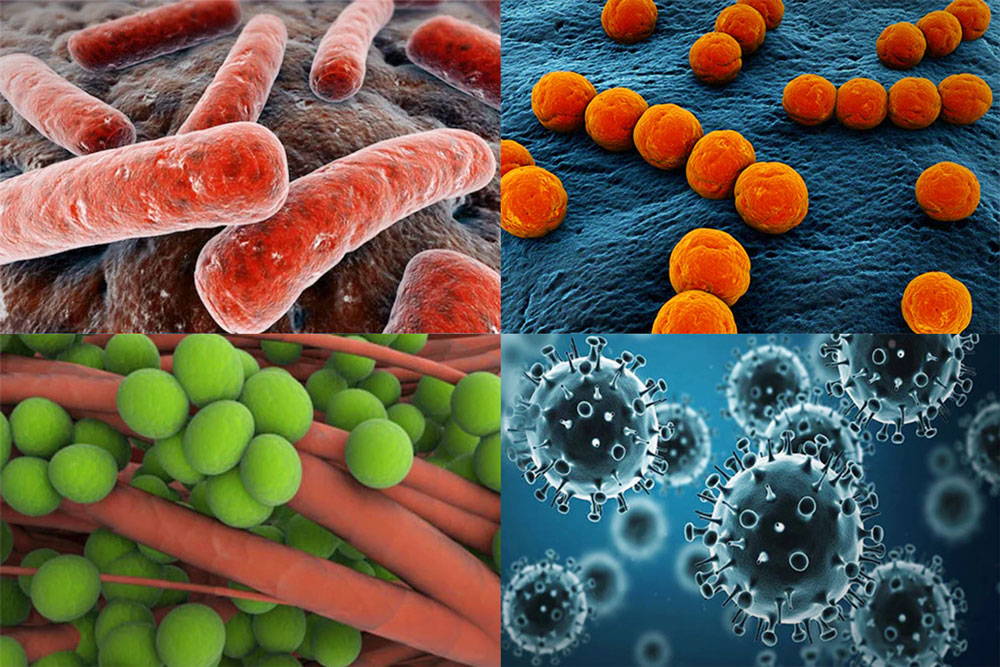
In the Royal Canin study, 91% of neonatal deaths occurred in the first week of life, which is a typical pattern for “fading puppies.” The most common culprits in early neonatal deaths in the study were the “Big Four:”
- E Coli
- Streptocuccus sp
- Staphylococcus sp
- Herpesvirus
The truth is that most all puppies are exposed to the “Big Four,” either in the birth canal or shortly thereafter in the environment. Things like E Coli, staph and strep naturally occur in the birth canal of a normal and healthy bitch. Puppies get banged up coming down the birth canal and their umbilical cords are lovely hosts for bacteria. There’s all kinds of exposure and perfect conditions for opportunistic infection in the birth process.
While it’s certainly good practice to provide a clean whelping environment, it’s laughable to think that you can provide a truly sterile environment for your puppies. The only real defense against these pathogens is the passive immunity the puppies derive from their mother. So it would appear that getting passive immunity into our puppies via colostrum is the single greatest factor within our control in reducing neonatal deaths.
Well, That’s Useful Information...Not.
OK, for the one or two of you out there who are not hip to the idea of taking blood from the jugular vein of a two day old puppy, this is not particularly helpful information. How do you know if your puppies have sufficient antibody levels, and what can you do about it if they don’t?
Interestingly (and unfortunately for us), the Royal Canin study found that you can’t predict a puppy’s antibody level by testing his mother’s antibody level. There was no correlation found between the 34 dams’ antibody concentration levels and those of their offspring. So that method of “backing into” puppies’ antibody concentrations is out.
But there was another, more helpful finding for breeders trying to determine antibody concentrations in their puppies.
Weighing In On The Subject of Antibody Concentration
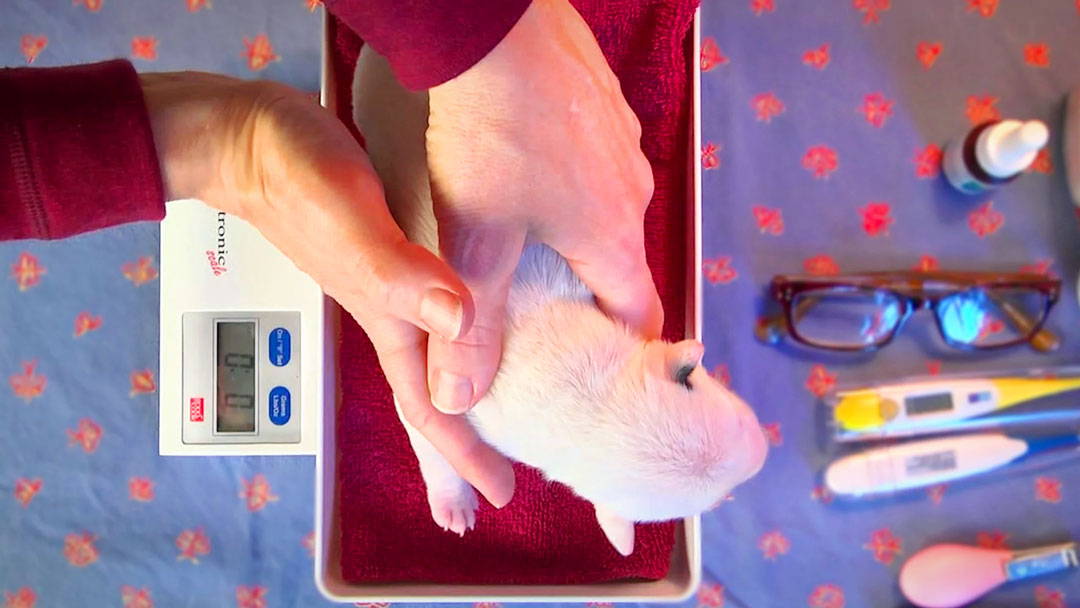
The Royal Canin study found that simply weighing puppies in the first two days of life is a reliable predictor of antibody concentrations. Puppies who did not gain weight in the first two days of life also had low antibody levels. This is consistent with well-established research in the cattle and swine industries. However, unlike the cattle and swine industries, we still don’t have data on exactly how much weight gain is necessary to cross the “magic” 230 mg/dl threshold. The Royal Canin study did demonstrate that weight gain in the first 2 days has a direct correlation with a puppy’s antibody concentration, but they did not draw a specific conclusion about what a safe weight gain would be.
The practical takeaway for breeders is, while it’s normal for a puppy to lose some weight in the first day after birth, we would be well advised to consider that a puppy that does not gain weight by the end of 48 hours may have dangerously low serum immunoglobulin concentration.
OK, So What Do I Do With This Information?
At the time of this writing, we are unaware of any commercially available alternative sources of antibodies for puppies. There are, however, a few different protocols to boost immunity in puppies:
- In the first few hours of life, you can feed your puppies a few drops of plasma from a healthy adult dog.
- After gut closure has begun (approximately 4-12 hours), the plasma should be injected into the puppies abdominal cavity. YIKES! Probably not DIY so this is another reason to align with an experienced repro vet before having a litter.
- You can buy frozen plasma for this purpose or you might consider having blood drawn on your bitch so you can have your own frozen plasma.
- Please note this information on plasma is not meant as veterinary advice. For further study, here is a link to an article by Dr. Jean Dodds that outlines her protocol for frozen plasma supplementation, together with references for her recommendations.
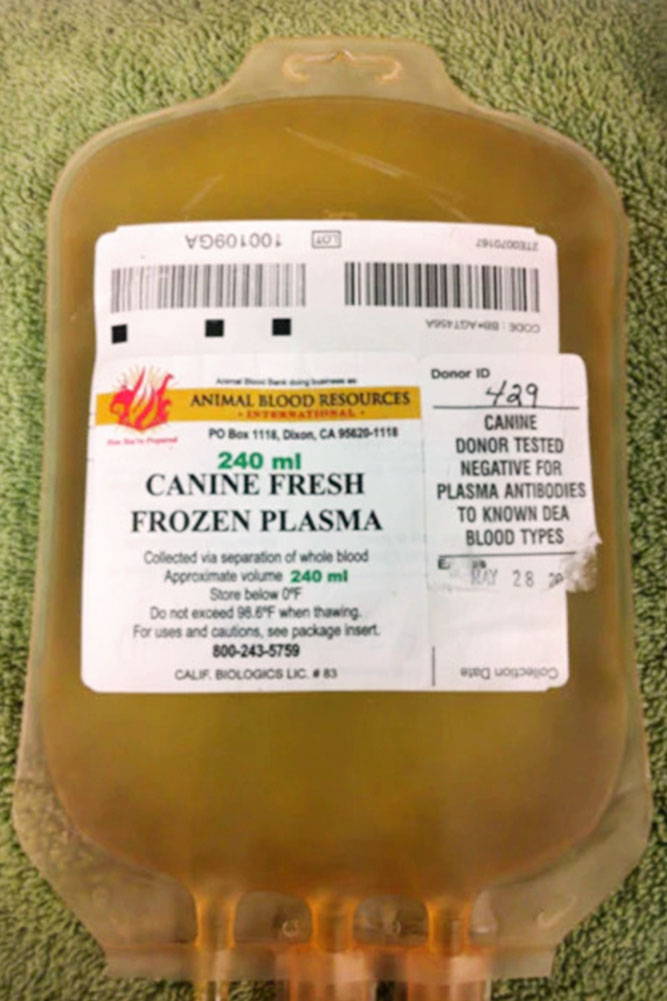
- If the bitch has colostrum, but for some reason the puppy is not nursing in the first 4 hours, you can express colostrum and feed it to the puppy. This method will quickly convince you of the need for someone to invent a dog-milking machine.
- You can give your puppies frozen dog colostrum (either by collecting and freezing it yourself or acquiring it elsewhere) - of course warmed to dog-body temperature. There’s very little data on this kind of supplementation in dogs but in other animals it has been shown that colostrum does degrade somewhat with freezing.
Wait, Back Up, Where Does Ovulation Timing Come In?
If there’s one thing you might have noticed, once a puppy “misses” his golden window to take in colostrum naturally, you’re playing catch up with some labor intensive, scary, and not 100% proven tools. So your first concern as a breeder should be to try to get the puppies on the ground and nursing in a timely fashion.

Early colostrum intake leads to vigorous puppies.
As it turns out, when an animal struggles for a long time in labor, or never goes into real labor, her offspring may be unable to benefit from colostrum after birth. It’s thought that the stress and lack of oxygen (hypoxia) from prolonged labor may trigger premature gut closure, but the mechanisms for this are still not well known. However, it is a very well known fact in livestock industries that dystocia (prolonged or difficult labor) is likely to reduce passive immunity transfer, and the Royal Canin study cited dystocia as one of the common causes of decreased passive immunity transfer in dogs.
Timely veterinary intervention and/or breeder assistance has been shown to improve outcomes in livestock industries, and dog breeders would be well advised to adopt the same “best practices.” However, before you can know when to intervene, you have to know when your bitch is due. And that, my friends, is where ovulation timing comes in.
Still Counting From Breeding Dates?
Don’t Make Me Come Over There...
It’s vitally important for breeders to understand that breeding dates do not control due dates. Bitches have a gestation of 63 days from ovulation (or 65 days from LH surge). 90% of bitches will whelp in this time frame +/- two days. Breeding dates are irrelevant. It’s very well accepted science that it is ovulation, not breeding dates, that determines the bitch’s due date.

Above: A bad way to determine your bitch’s due date.
Right: A good way to determine your bitch’s due date.
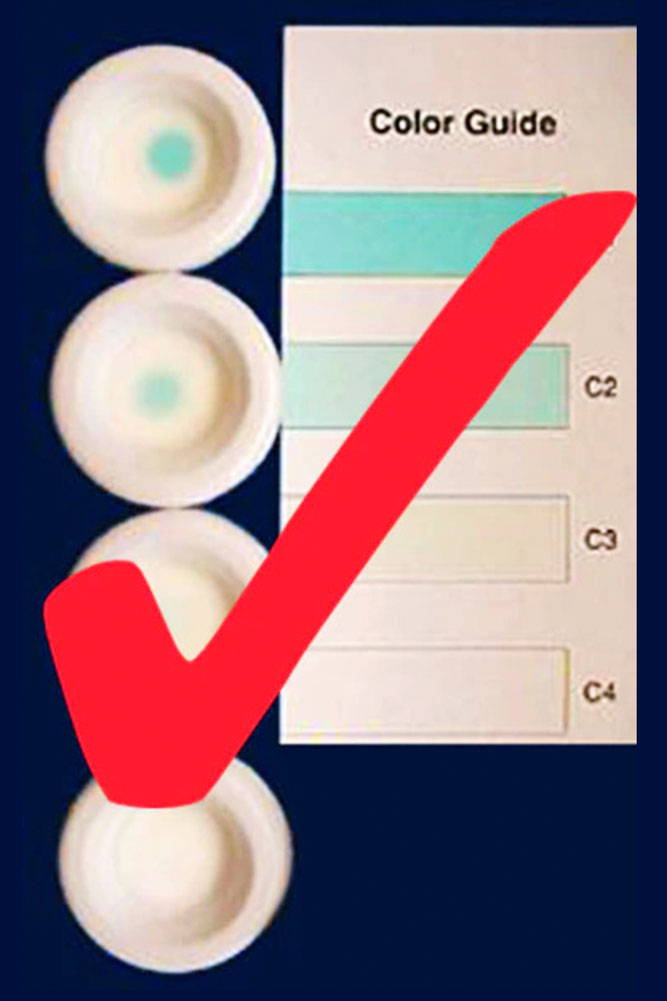
If you have not done ovulation timing, you have no reliable way of predicting when your bitch is due. Your breeding date might have been very early and you might be thinking that your bitch is not due yet, when she actually could be 4 or 5 days overdue.
The puppies could be suffering from hypoxia and stress without you realizing it. And if they suffer from hypoxia and stress, they may not be able to get passive immunity. Finally, without that passive immunity, they won’t be able to fight off commonplace bacteria and viruses, and they can die.
A full discussion of ovulation timing and predicting whelping dates is beyond the scope of this article, but please see the end of this article for links to studies/articles which explain the science of ovulation timing and predicting due dates.
I know a lot of breeders feel that ovulation timing is a waste of time and money because those breeders have no problem getting their bitches pregnant without doing ovulation timing. But I’d like to encourage you to look at ovulation timing in a new light, as a basic health protocol that could save the life of your dam and her puppies.
Is The Cure Worse Than The Disease?
While dystocia certainly can have a negative impact on passive immunity acquisition, intervening with a cesarian section presents its own set of problems. Some bitches are reported to have delayed milk production after cesarian sections, and some cesarian section puppies are noticeably more listless and slow to nurse, all of which wreck havoc with timely colostrum absorption. But are the C sections themselves always to blame?
Symptoms or Causes?
Before you assume that the c-section is the culprit when a bitch and her puppies do not do well afterwards, ask yourself these questions:
When was the cesarean performed? Breeders often have an emotional (or financial) aversion to c-sections and thus wait until their bitch is long overdue, and/or weak and exhausted before finally caving in and taking her to the vet. Poor milk production can hardly be blamed on the c-section in that case.
How long were the puppies stuck? Were they hypoxic (deprived of oxygen)? Listless post-C section puppies are probably more often due to the stress of being stuck for too long, rather than the ill effects of anesthesia.
Was the veterinarian a skilled surgeon? Don’t just assume your regular vet is going to be able to do a good c-section for you - ask a lot of questions. You need a vet who actually regularly performs c-sections, who has a trained staff to assist.
What kind of anesthesia is the vet using? Years ago, anesthesia left mothers and puppies groggy, but newer anesthesia drugs are very different, offering almost an immediate recovery for both the bitch and her puppies. Don’t assume your vet is using the latest and greatest anesthesia drugs - ask questions.
I’m not going to “take a stand” on doing c-sections, but I will take a stand on being prepared to, should it be necessary with these three things, at minimum,
- Form a relationship with a good repro vet/surgeon who uses the latest and best anesthesia.
- Do ovulation timing so you know when your bitch is due.
- Don’t wait too long to intervene.
A good vet who’s experienced in canine reproduction will have a lot more tools to pinpoint due dates and monitor the health of the litter while they are still in the womb – for instance, we can use x-rays and ultrasound to monitor fetal heart rates, position, maturity and often detect when a litter or puppy is stressed or needs help getting out. But at the very minimum, being prepared with the above three things forms a basic level of preparedness that every breeder should have.
The Bottom Line
I want breeders to re-evaluate ovulation timing as part of a compassionate pregnancy wellness protocol for the bitches that they care about, and the puppies of those bitches.
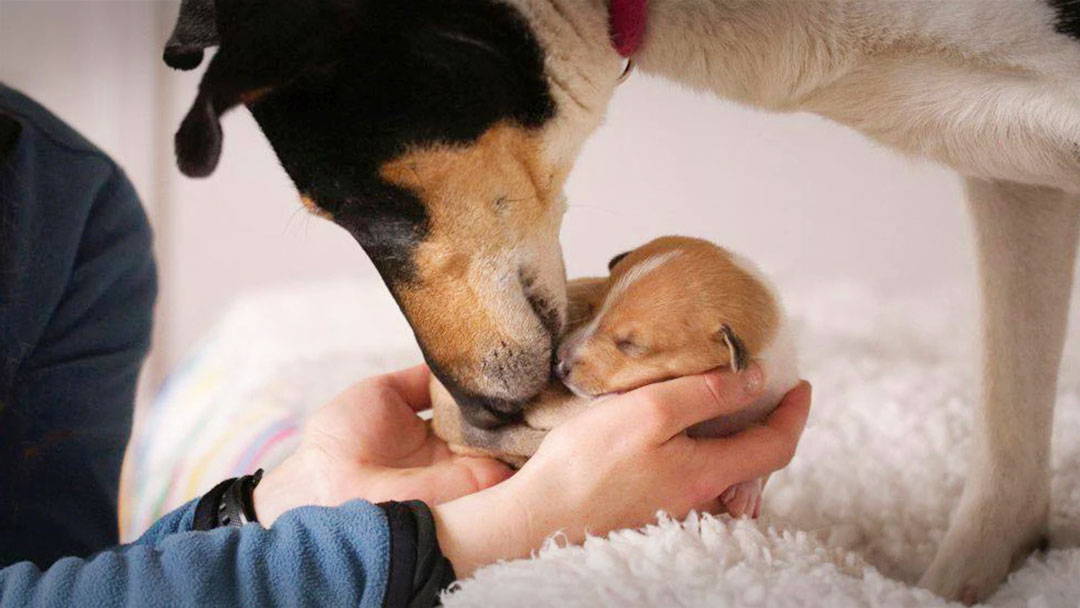
Again, there are a lot of reasons for “fading puppies” and ovulation timing is not a cure-all preventative. But in the midst of a lot of things we can’t control, ovulation timing and forming a relationship with a good repro vet/surgeon are things we CAN control.
We all have so much emotionally and financially invested in our litters, and our bitches are counting on us to look after their interests - why not take every measure possible to improve outcomes for our girls and their puppies?
Many thanks to Cordula Weiss for the beautiful photos of her Smooth Collies -www.kalalassies.de
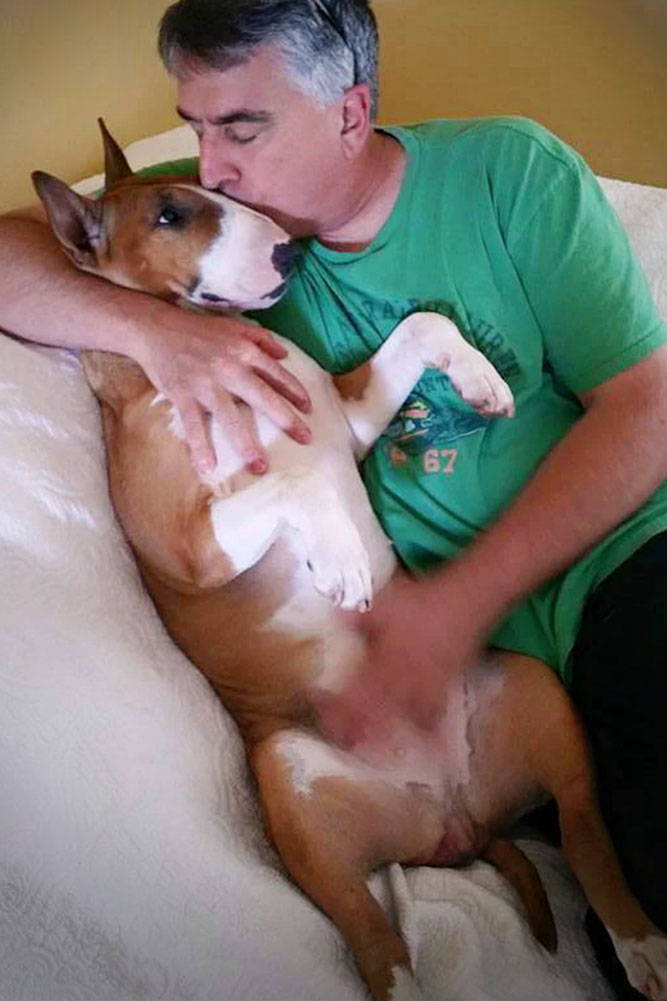

This article was originally updated on puppyculture.com in 2017
For further reading and citations to the studies and findings mentioned in this article:
S. Chastant-Maillard, K. Reynaud (2012): Kinetics of the Intestinal Barrier Closure in Puppies
Available at: www.ivis.com
H. Mila, A. Feugier, A. Grellet, J. Anne, M. Gonnier, M. Martin, L. Rossig, S. Chastant-Maillard (2014):
Inadequate passive immune transfer in puppies: definition, risk factors and prevention in a large multi-breed kennel
Available at: www.sciencedirect.com
Astrid Indrebø, Cathrine Trangerud & Lars Moe (2007): Canine neonatal mortality in four large breeds
Available at: Acta Veterinaria Scandinavica
Joni L. Freshman, DVM, MS, DACVIM (2005): Causes of Fading Puppy and Kitten Syndrome
Available at: www.dvm360.com
W. Jean Dodds, DVM (2005): Dr Jean Dodd's Protocol for Treating Fading Puppies with Plasma
Available at: www.hemopet.org
A.C. Barrier, M.J. Haskell, S. Birch, A. Bagnall, D.J. Bell, J. Dickinson, A.I. Macrae, C.M. Dwyer (2013):
The impact of dystocia on dairy calf health, welfare, performance and survival
Available at: www.sciencedirect.com
YeunHee Kim, Alexander J. Travis, Vicki N. Meyers-Wallen (2007): Parturition Prediction and Timing of Canine Pregnancy
Available at: www.sciencedirect.com
Masayoshi HASE, Tatsuya HORI, Eiichi KAWAKAMI and Toshihiko TSUTSUI (1999): Plasma LH and Progesterone Levels Before and After Ovulation and Observation of Ovarian Follicles by Ultrasonographic Diagnosis System in Dogs
Available at: www.jstage.jst.go.jp
*Note that it’s currently uncertain exactly how much, if any, maternal antibodies puppies do receive in utero. If you’re wondering what the evolutionary purpose of not being able to transfer maternal antibodies in utero is, this very interesting article about the evolutionary purpose of hemochorial vs endotheliochorial placentas explains it all:
Suzanne Sadedin (2016): What Is The Evolutionary Purpose of Having Periods?
Available at: www.forbes.com
And if you really want to get into placentas:
Wikipedia: Placentation
Available at: en.wikipedia.org
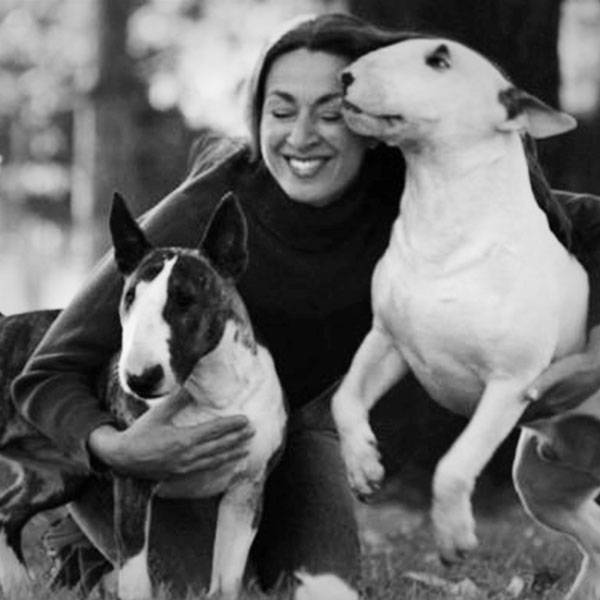
About the Author
Jane Messineo Lindquist (Killion) is the director of "Puppy Culture the Powerful First Twelve Weeks That Can Shape Your Puppies' Future" as well as the author of "When Pigs Fly: Training Success With Impossible Dogs" and founder of Madcap University.
Jane has had Bull Terriers since 1982 and she and her husband, Mark Lindquist, breed Bull Terriers under the Madcap kennel name.
Her interests include dog shows, dog agility, gardening, and any cocktail that involves an infused simple syrup.


